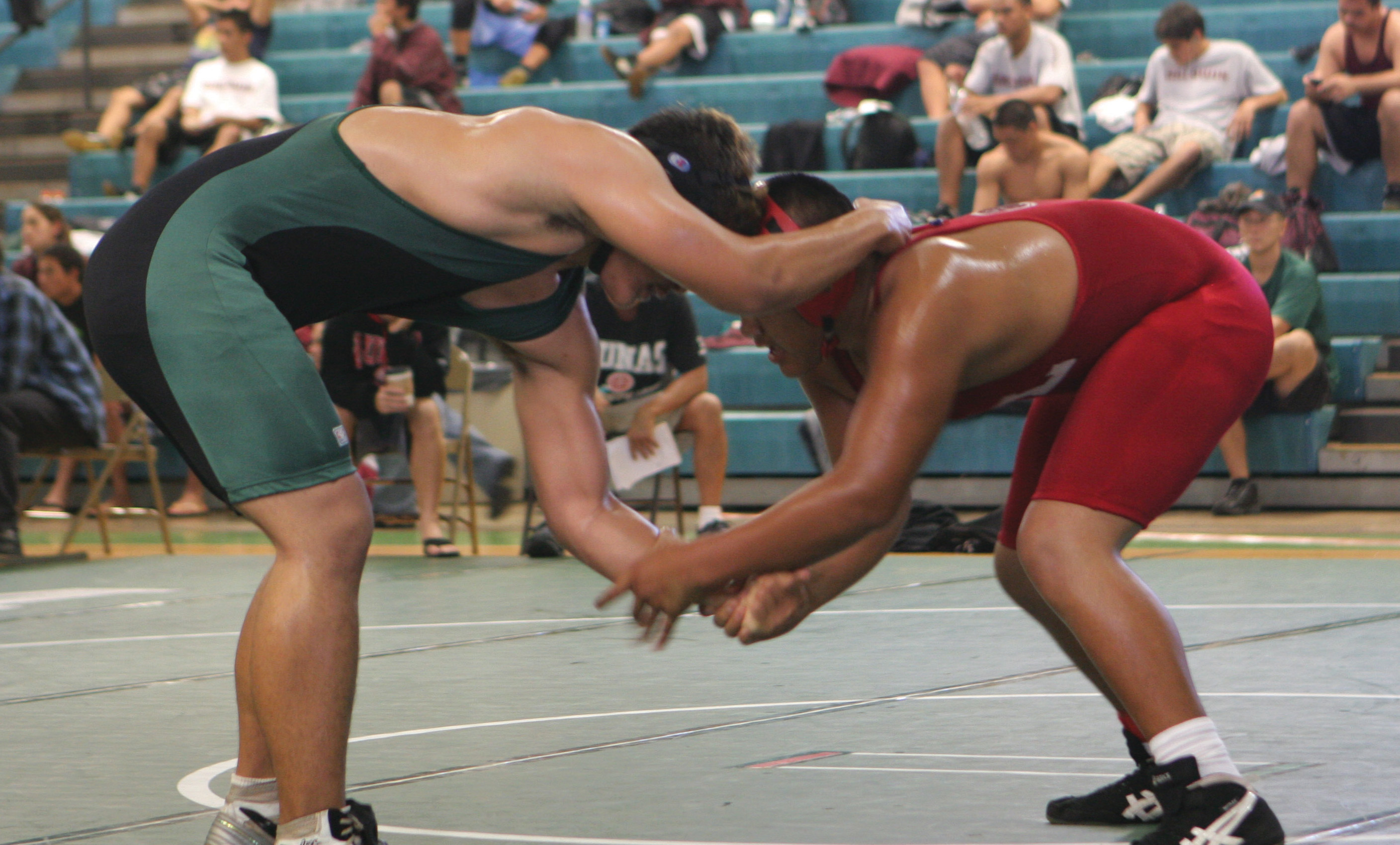Thursday, April 23rd, 2009
_0.jpg)
_0.jpg)
Remembering Henry Nalaielua
By Valerie Monson
Henry Nalaielua, who wrote about his accomplished life in the memoir “No Footprints in the Sand,” died early April 17, 2009, leaving the people of Kalaupapa to bid aloha to yet another great kupuna who left behind permanent footprints on the hearts of all who knew him.
“After hearing that Henry had died that morning, I noticed at sunset that there was no rain, just heavy clouds and deep crimson skies,” said Dr. Emmett Aluli, a longtime friend and colleague of Nalaielua. “There was just all this crimson. It was like Henry was passing without commotion, without fanfare. He was being welcomed home by the ancestors.”
Nalaielua was 84 years old. He was born Nov. 3, 1925, in the plantation village of Ninole on the Big Island. When he was just 10 years old, his mother was forced to take him to Honolulu on a ship and leave him at Kalihi Hospital because he had been diagnosed with leprosy. Henry was the third child the Nalaielua ‘ohana had to give up because of the disease.
Many years later, Nalaielua would still remember every detail of that childhood moment when the ship slipped away from the dock in the middle of the night.
“My father was standing at the pier, crying,” he recalled in an interview with this reporter in the early 1990s. “I’d never seen my father cry before. As the boat went away, as I could see him getting farther away, he was crying, crying, crying, crying. He knew he had lost one more child.”
In 1941, when Nalaielua was 15, he was told he was being sent to Kalaupapa. It was a move he welcomed, so could be free of the barbed wire that ran along the top of the fence that surrounded Kalihi. He immediately relished the wide-open spaces of Kalaupapa that reminded him of home.
“There were all these things I was used to – ‘opae, ‘o‘opu, ginger, watercress, mountain apple,” he said. “All the things I grew up with.”
There was no cure for leprosy at that time so Henry was told he had only a few years to live. Because of that, he saw no good reason for educating himself. Books were not a part of his life until a friend who was a strong Catholic gave him a book about Father Damien de Veuster. Henry was surprised to learn that he had the same disease that Damien had contracted generations earlier.
But that book taught him something even more important: that he had a love of reading. From then on, seldom was Nalaielua’s bedside table without a book, even when he wasn’t able to read them. As he was preparing for cataract surgery about 16 years ago, there were three books waiting for him at home for when his eyes had healed: “The Autobiography of Frederick Douglass,” “Soldat: Reflections of a German Soldier” and a collection of South Pacific stories by James Michener. Another time, his table held a book on Hawaiian medicine that had been issued in both English and Hawaiian. He read each version.
There was also sadness for him at Kalaupapa. Soon after he arrived, Nalaielua was told that his two sisters, who he knew had left home before him, had also been shipped to Kalaupapa. Both had died before he arrived. He spent years searching for their graves, a search that proved to be fruitless. It was one of the reasons he became a strong supporter of a Monument at Kalaupapa that would list the names of those who had been sent there because of leprosy. He not only wanted his name permanently engraved on the Monument, but also the names of his sisters.
Wayne Levin, the well-known photographer, began documenting Kalaupapa and her people in pictures in 1984. Nalaielua, then the president of the Kalaupapa Historical Society, was one of his first friends there.
“Henry just understood the importance of the history of Kalaupapa,” said Levin. “He would drive me around, show me places and he was always so patient while I took all these pictures. He was very supportive of my work.”
Their friendship grew to the point that Levin would stay in Nalaielua’s spare bedroom during his trips to Kalaupapa. When Levin married, Nalaielua sang at his wedding.
“I just feel really fortunate to have had him for a friend,” said Levin. Less than two weeks ago, the two had lunch and went shopping for books at Barnes and Noble.
During his lifetime, Nalaielua had many jobs. At Kalaupapa, he was a police officer, carpenter and tour driver for Damien Tours. When he was able to leave Kalaupapa after testing negative for the disease in 1949 (drugs to cure leprosy were introduced to Kalaupapa in 1946), he worked for Hawaiian Electric and played music after hours. He later moved home to Kalaupapa, missing everything he held dear.
Although he eventually became an author when his autobiography was published in the fall of 2006, Nalaielua might best be remembered as a musician and artist. He produced so many paintings during his lifetime that he had a one-man show in Honolulu in 2003.
“He was a poet, a composer, a genealogist, a storyteller, an artist,” said Aluli, “but what stands out for me about Henry is the scholarly and philosophical person that he was.”
For years, Nalaielua served on the Board of Directors of Na Pu‘uwai Native Hawaiian Health Systems where he was the guiding force for Aluli and Billy Akutagawa, another good friend, and others. He also served on the Board of Health for the State of Hawaii.
Burial was at Kalaupapa where his family and friends gathered together to celebrate a man whose life was a great work of art.
.JPG)






.JPG)


.JPG)
.JPG)
_0.jpg)



